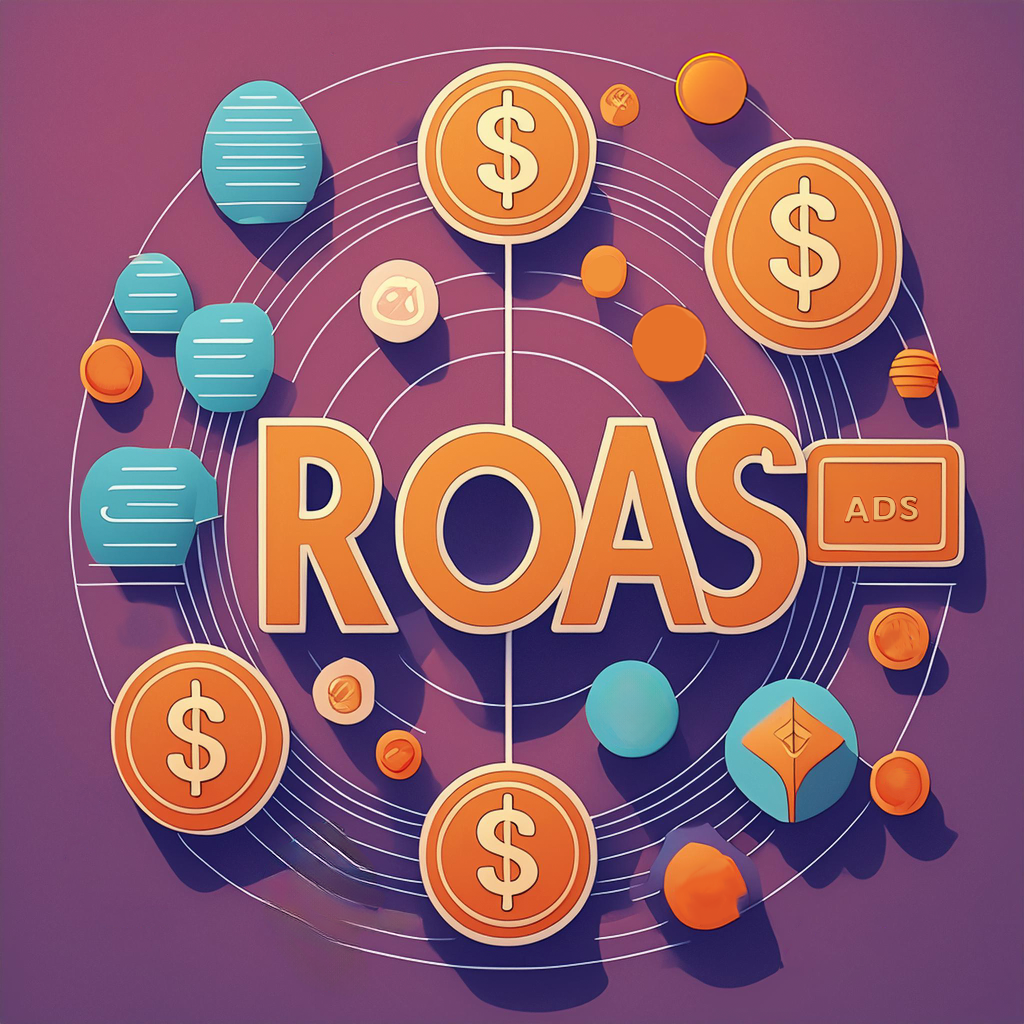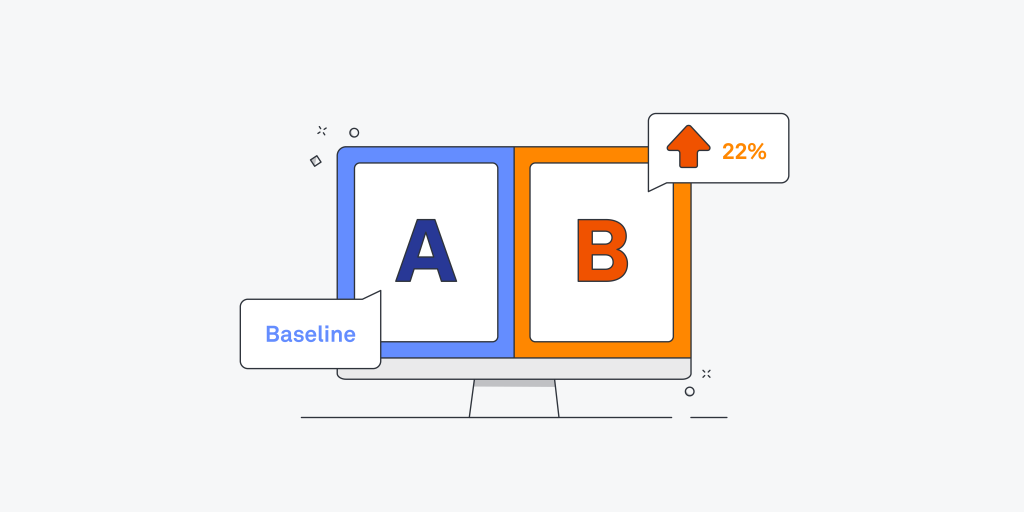
ROAS, or Return on Advertising Spend, is an important metric for measuring the effectiveness of a company’s advertising investments. Playable ads are an effective tool for optimizing this metric, offering users an interactive experience. By allowing potential customers to try a product or service before purchasing, these ads increase engagement and purchase intent, attracting a more qualified audience and maximizing the efficiency of advertising spend, resulting in an increase in ROAS.
Introduction to Playable Ads

Playable ads, also known as playables, are a type of an interactive advertisement that allows users to engage with a scaled-down version of an app or game before downloading it. These ads offer an experience in which you can try before you buy, which has proven to significantly increase user engagement and conversion rates.
According to a recent report, playable ads can boost total user acquisition results by 40-60% across key metrics like Cost Per Install (CPI), Cost Per Thousand Impressions (CPM), and ROAS (Nothing2Install). With such promising statistics, it’s no wonder more and more marketers are turning to playable ads to enhance their campaigns.
The Mechanics of Playable Ads
How Do Playable Ads Work?
Playable ads are designed to give users a sneak peek into the app or game, providing them with an interactive experience that highlights the core features and functionalities. This engagement not only captures the user’s attention but also sets a clear expectation of what they will experience if they download the app.
Creating Effective Playable Ads
Creating an effective playable ad involves a mix of creativity and technical know-how. There are two main approaches to developing playable ads:
- Interactive Video: This approach integrates video footage with HTML code to create a seamless interactive experience. It’s ideal for 3D or cinematic ads.
- HTML Video: This method involves building the ad from scratch using HTML5, making it perfect for more straightforward, less graphically intensive ads (AppSamurai).
Benefits of Playable Ads
Playable ads offer numerous advantages over traditional ad formats. Here are a few key benefits:
- Higher Engagement: Playable ads engage users by allowing them to interact with the content. This active participation often leads to higher retention and conversion rates.
- Better Quality Leads: Since users get a firsthand experience of the app, those who convert are more likely to be genuinely interested in the product, leading to better-quality leads.
- Improved Metrics: Playable ads tend to perform better across various metrics such as CPI, CPM, and ROAS. For instance, a study showed that the qualified traffic from playables improves nearly every key metric (Pocket gamer).
Strategies to Maximize ROAS with Playable Ads
To truly harness the power of playable ads, it’s essential to implement effective strategies. Here are some proven tactics:
Optimize for User Experience

Your primary goal should be to create a seamless and enjoyable experience for the user. The ad should be intuitive and straightforward, allowing users to grasp the app’s core functionalities without confusion.
A/B Testing

Conducting A/B tests can help you identify which versions of your playable ads perform best. By tweaking elements such as the call-to-action (CTA), graphics, and interaction mechanics, you can optimize your ads for maximum engagement and conversions.
Target the Right Audience

Leveraging data to target the right audience is crucial. Playable ads in rewarded inventory can drive ROAS significantly, as they help maximize access to in-ad data, leading to better-targeted campaigns (Business of Apps).
Real-World Examples
Example 1: A Mobile Game Developer

A mobile game developer used playable ads to showcase a mini-version of their game. Users could play a level and experience the game mechanics before deciding to download the full version. This strategy led to a 50% increase in ROAS and a 30% higher retention rate.
Example 2: An E-commerce App

An e-commerce app created a playable ad that allowed users to browse a virtual store and add items to a cart. This interactive experience helped potential customers understand the app’s usability, resulting in a 40% increase in conversions and a significant boost in ROAS.
FAQs About Playable Ads
1. What is a playable ad?
Playable ads, or ‘playables,’ are a type of ad format that allows users to try a scaled-down version of an app before installing it. They provide an interactive experience that engages users and improves conversion rates (Singular).
2. How to make playable game ads?
You can create playable ads in two main ways: through interactive video, which integrates video footage with HTML code, or HTML video, which is built from scratch using HTML5. Both methods have their advantages depending on the complexity of the ad (AppSamurai).
4. What is playable creative?
Playable creative refers to interactive HTML advertising designed for mobile devices. It engages users in a fun and entertaining way, acting like a “test drive” before downloading the full version from app stores (Clickable Agency).
5. What are the benefits of using playable ads?
Playable ads offer higher engagement, better quality leads, and improved performance metrics such as CPI, CPM, and ROAS. They provide a hands-on experience that can significantly enhance user acquisition and retention.
Conclusion
Playable ads are a powerful tool in the digital marketing arsenal, offering an interactive and engaging way to showcase apps and games. By focusing on user experience, leveraging data for targeting, and continuously optimizing through A/B testing, you can maximize your ROAS and achieve impressive results.
We hope this article has provided you with valuable insights and practical strategies to enhance your advertising campaigns. Thank you for your time, and happy advertising! If you have any further questions or need assistance, feel free to reach out.




